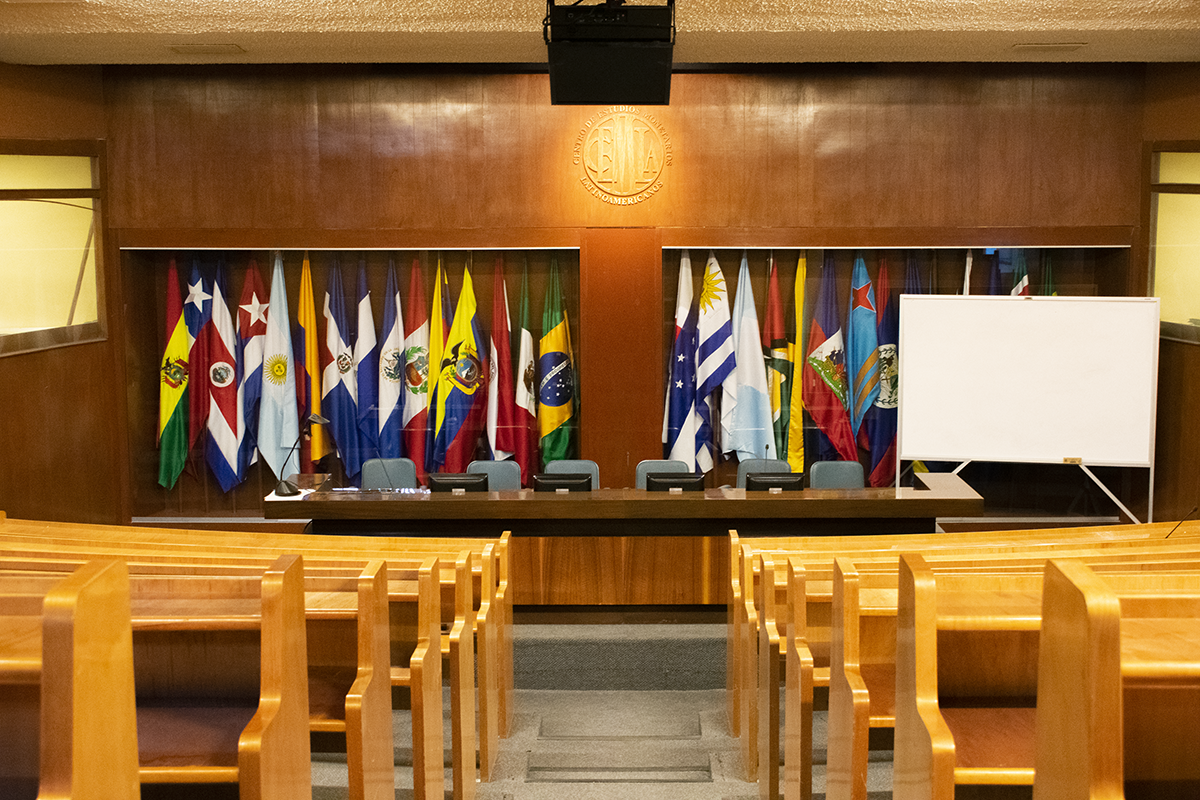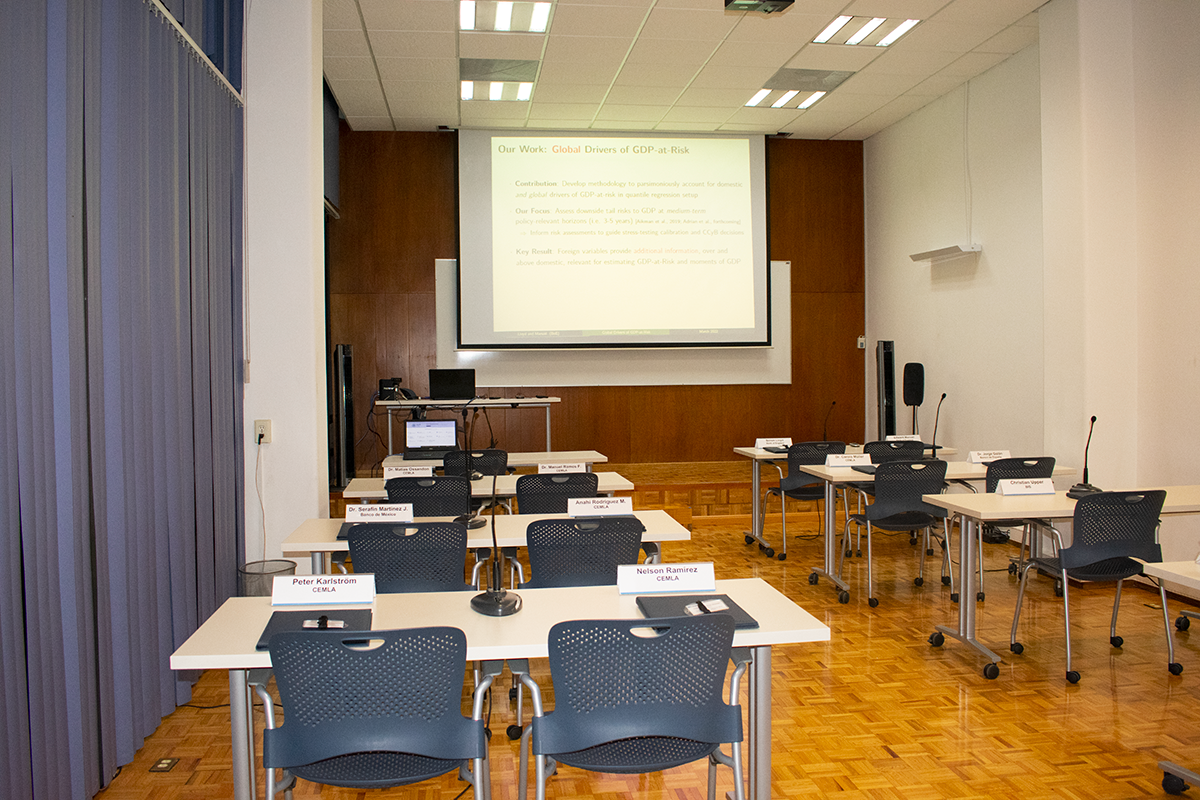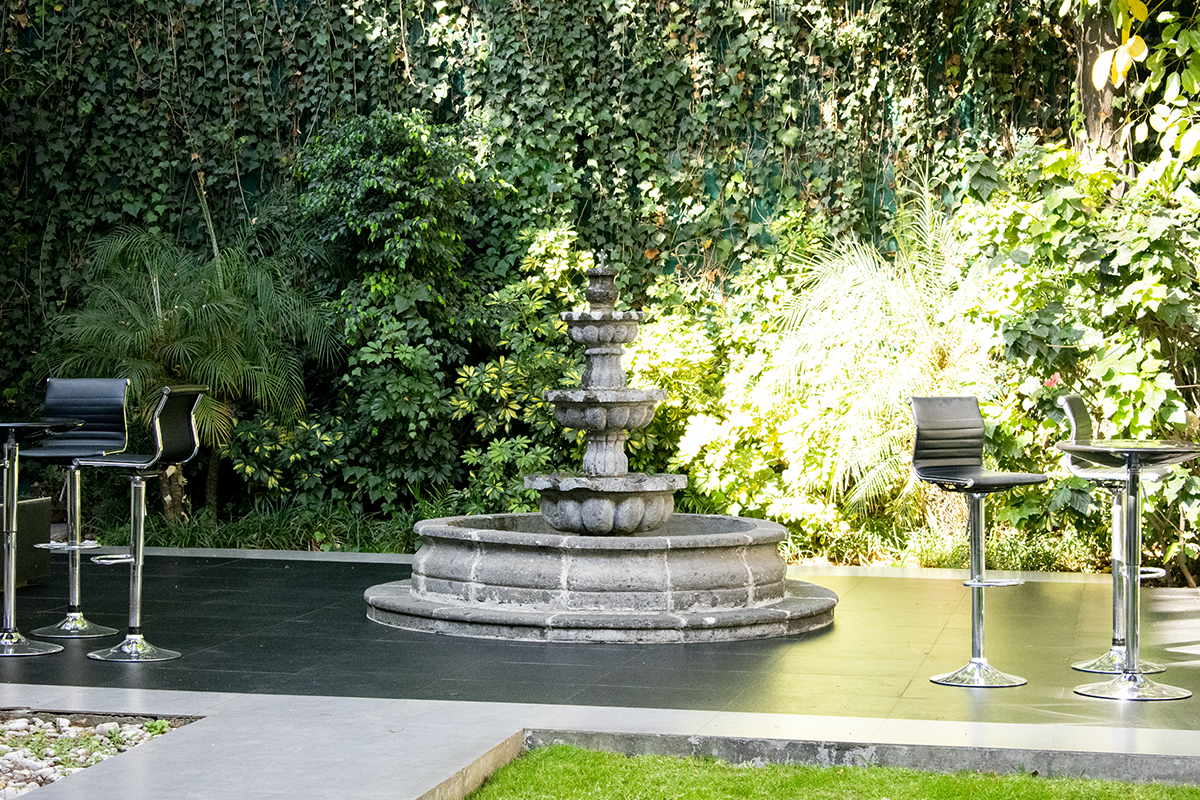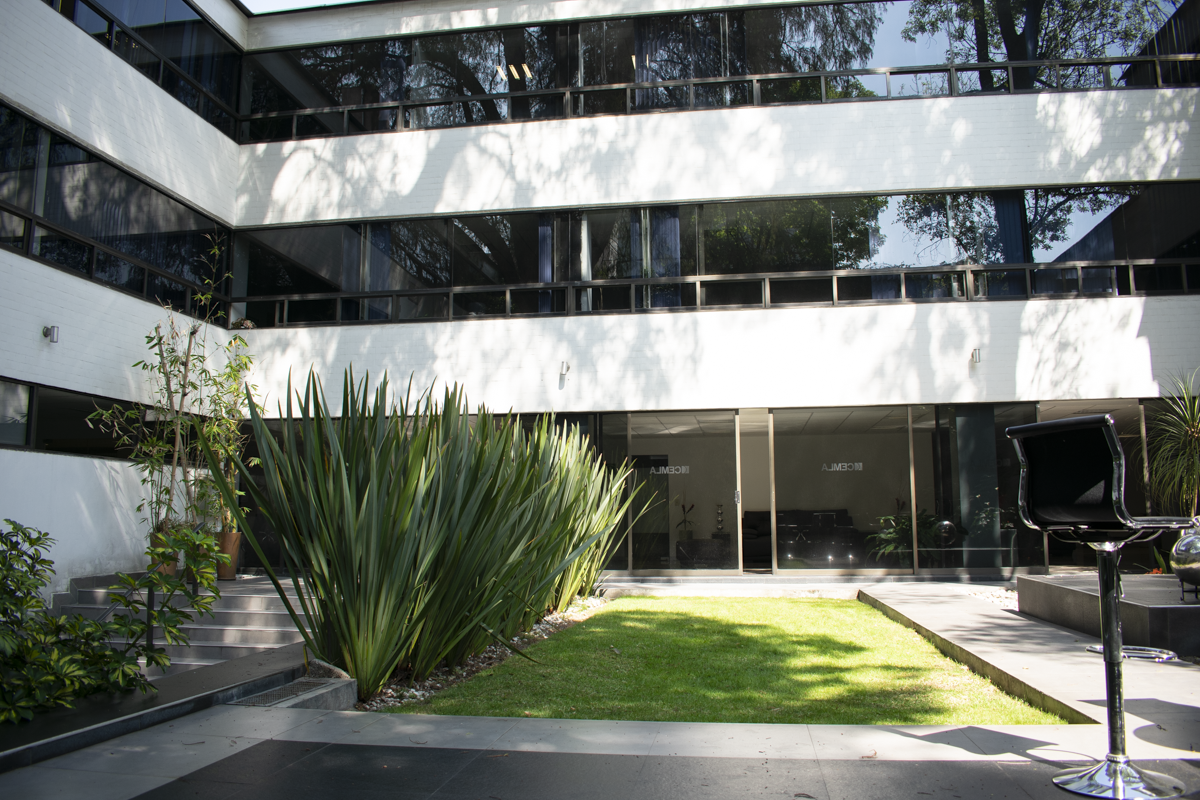
XXVII Meeting of the Central Bank Researchers Network
The XXVII Meeting of the Central Bank Researchers Network was held in a hybrid format on November 10 and 11, 2022. A total of 36 papers corresponding to 98 authors from Asia, Latin America, North America, and Europe were presented in 12 sessions. Papers were divided into 4 parallel sessions. There were two keynote lectures: (i) How Globalization Made the World Economy More Volatile by Enrique Mendoza, who is Presidential Professor of Economics at the University of Pennsylvania and Managing Editor of the Journal of International Economics; and (ii) Exchange Rate Disconnect Revisited by Pablo Guerrón-Quintana, Professor in the Economics Department at Boston College.
The first parallel sessions were on Financial Stability, Central Bank Communication, and Growth and Uncertainty. Papers in the first session addressed systemic risk in a network model as well as the role of government guarantees during the COVID-19 recovery. The second session papers explored the tonality of central bank communications, the impact of nudging firms with disinflationary news, and the media treatment of monetary policy announcements. The third session papers examined the effect of economic uncertainty on both the distribution of GDP growth and the effectiveness of the monetary policy, and also analyzed the difference in performance between fan charts and Growth-At-Risk models.
Next followed the second parallel sessions on Foreign Exchange, Empirical Macroeconomics, and Trade. The first session papers covered the effects of currency devaluations and global interest rate changes on emerging market economies (EMEs), sterilized foreign exchange interventions in monetary policy transmission, and how corporate-bank lending relationships affect access to over-the-counter foreign exchange derivatives. The second session papers focused on the global economic factors involved in the performance of EMEs, the measurement of the economic impact of the pandemic on a small open economy, and the construction of a Monetary-Fiscal Stability Indicator and its relationship to economic growth. The third session papers included analyzing the extent to which economic fundamentals drive popular attitudes toward trade, the role of currencies as a potential trade barrier, and the spatial organization of production networks.
Then, the third parallel sessions were on Inflation, Uncertainty, and Monetary Policy. In the first session papers, authors provide estimates of the liquidity-adjusted frictionless Break-even Inflation in an open EME, study the link between central bank independence and inflation based on Latin America’s experience over the past 100 years, and explore the role of the Adaptative Learning expectations formation on the optimal monetary policy. In the second session papers, the authors propose measures of institutional instability, study the link between the Real Economic Uncertainty and the real economy, and explore the relationship between uncertainty shocks and financial distress. The third session featured papers on the presence of inside money, labor market power, and financing conditions.
Finally, the Conference concluded with the fourth parallel sessions on Credit Risk, Labor Economics, and Financial Intermediation. The first session papers revolved around the role of income inequality in capital reallocation, evaluating a mortgage co-financing policy for home ownership and default risk, and the results of a meta-study on the effect of borrower-based measures on loan supply. The second session papers featured papers on the macroeconomic implications of minimum wage, estimating the average stock of vacancies, and why “the Great Resignation” did not happen everywhere. Lastly, the third session comprised papers on capital flows, fintech, and non-bank financial intermediation.

XXVII Meeting of the Central Bank Researchers Network
Call for Papers
November 10 - 11, 2022 – Mexico City (hybrid)
The Center for Latin American Monetary Studies (CEMLA) is organizing its XXVII Meeting of the Central Bank Researchers Network, to be held on November 10 - 11, 2022. CEMLA invites contributions from papers in which at least one co-author is affiliated to a CEMLA Member Institution (Associate or Collaborating). Notwithstanding the above, authors affiliated to other external institutions are also welcome to submit their papers, for whom a limited amount of slots in the program will be considered.
Papers accepted for presentation will be followed by a discussion from another speaker within the session. Accepted papers, as well as presentations and discussions, will be posted on the Conference website to facilitate the discussion among participants.
Keynote Speakers
Venue
If pandemic conditions permit, the conference will be held in Mexico City in a hybrid format (both, in-person for a small number of people (mainly presenters) and digitally); otherwise, the conference will be held digitally. There is no registration fee. However, participants are expected to pay their expenses for travel and accommodation.
Conference Special Issue
A special issue of the Latin American Journal of Central Banking (LAJCB) will include selected papers presented at the conference. Authors who wish their paper to be considered for the Special Issue, should clearly indicate this in their conference submission.
Special Issue Award
An award will be offered to the author(s) of the best papers of the Special Issue of the LAJCB, which will receive a compensation of 2,000 USD and 1,000 USD for the first- and second-best paper, respectively. All other included papers in the Special Issue will receive a compensation of 250 USD each.
Important Dates
August 5, 2022. Submission deadline. Please submit your paper to network@cemla.org
August 22, 2022. Notification of acceptance of paper
September 2, 2022. Deadline for conference registration (there is no registration fee)
November 10 - 11, 2022. Conference dates
Scientific Committee
Javier Bianchi, Federal Reserve Bank of Minneapolis
Javier García-Cicco, Universidad del CEMA
Pablo A. Guerrón-Quintana, Boston College
Gerardo Hernández-del-Valle, CEMLA
Laura Juárez, El Colegio de México
Pablo Kurlat, University of Southern California
Carola Müller, CEMLA
Matías Ossandon Busch, CEMLA
Nelson Ramírez-Rondán, CEMLA
Veronica Rappoport, London School of Economics
Benjamín Tello Bravo, CEMLA
Diana Van Patten, Yale University
Organizing Committee
Gerardo Hernández-del-Valle, CEMLA
Matías Ossandon Busch, CEMLA
Nelson Ramírez-Rondán, CEMLA

XXVII Meeting of the Central Bank Researchers Network
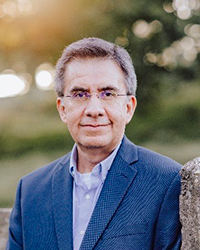
Enrique G. Mendoza
Enrique G. Mendoza is Presidential Professor of Economics at the University of Pennsylvania and Managing Editor of the Journal of International Economics. He joined Penn in 2013 and served as Director of the Penn Institute for Economic Research from 2014 to 2020. Before that, he was Neil Moskowitz Professor of Economics at the University of Maryland and held positions at Duke University, the Board of Governors of the Federal Reserve, and the IMF. He is a 1989 Ph.D. from the University of Western Ontario, an NBER Research Associate, and member of the BIS Advisory Panel and the Latin American Shadow Financial Regulatory Committee. He has served in the NSF Economics panel and in the editorial boards of several journals, including the American Economic Review. In 2017, he was awarded the ECB’s Wim Duisenberg fellowship. His research focuses on international capital flows, financial crises, sovereign debt and international business cycles. His main publications include: ‘Optimal, Time-Consistent Macroprudential Policy,’ with J. Bianchi, Journal of Political Economy, 2018, ‘A General Equilibrium Model of Sovereign Default and Business Cycles’ with V. Yue, Quarterly Journal of Economics, 2012, ‘Sudden Stops, Financial Crises & Leverage,’ American Economic Review, 2010, ‘Financial Integration, Financial Development and Global Imbalances,’ with V. Quadrini and J. V. Rios-Rull, Journal of Political Economy, 2009, and ‘Real Business Cycles in a Small Open Economy,’ American Economic Review, 1991.
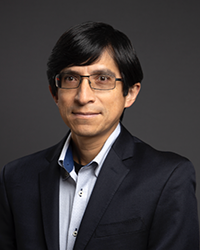
Pablo A. Guerrón-Quintana
Pablo A. Guerrón-Quintana is a Professor in the Economics Department at Boston College. Previously, he was a Senior Economic Advisor and Economist at the Federal Reserve Bank of Philadelphia. He has also been a Visiting Scholar at Duke University and the Federal Reserve Banks of Atlanta, Cleveland, Kansas City, and Philadelphia. He holds a Ph.D. and an M.A. in Economics from Northwestern University. His research interests cover labor mobility and fiscal/monetary policy, new endogenous productivity, sovereign default, and time series forecasting. He is also interested in the formulation, solution, and estimation of dynamic general equilibrium models. His main publications appear in American Economic Review, Journal of Monetary Economics, Journal of Econometrics, Journal of International Economics, among others.

XXVII Meeting of the Central Bank Researchers Network
Venue Information
CEMLA is located in Durango 54, Col. Roma Cuauhtémoc, C.P. 06700 Ciudad de México, México; near downtown Mexico City.
Mexico City is located near the center of the country, at an average altitude of 2,300 meters above sea level, bordering the State of Mexico and the state of Morelos. The capital is connected by land to multiple destinations.
Time Zone
Mexico has a time difference with Greenwich Mean Time of -6 hours throughout its territory. The country has a daylight saving time that begins in April 3, 2022 and ends in October 30, 2022.
Weather
In Mexico City, the wet season is warm and overcast and the dry season is comfortable and partly cloudy. Throughout the year, the temperature usually ranges from 6°C to 26°C and is rarely below 3°C or above 30°C.
The warm season lasts for 2.5 months, from March 22 to June 8, with an average daily temperature above 20°C. The hottest month of the year in Mexico City is May, with an average high of 27°C and low of 13°C.
The cool season lasts for 2.5 months, from November 19 to February 3, with an average daily high temperature below 22°C. The coldest month of the year in Mexico City is January, with an average low of 6°C and high of 22°C.
Visa Information
All participants are responsible for all Passport and visa formalities, and if needed, to comply with health regulations.
Citizens of certain countries require a visa to enter Mexico. In the following link you will find a list of citizenships which require visas: Countries that require visas.
Exceptions apply if you have a visa or if you are a permanent resident of the United States, Canada or Europe. If you are a citizen of a country requiring a visa, please contact the closest Mexican consulate at: Mexican consulates. For more information, please click here.
If you require an invitation letter in order to obtain the visa, please email Olivia Fuentes (ofuentes@cemla.org) specifying your current affiliation and title of the paper that you will be presenting.
Currency and Exchange Rate
Official currency: Mexican peso (MXN).
Average exchange rate is around: $20.00 USD/MXN. For the updated exchange rate click here.
You will be able to make currency exchanges at exchange houses and in some bank offices. It is recommended to exchange money at the airport since exchange houses and banks near CEMLA and the suggested hotels are closed on weekends, and close early during the week (around 16:00 hrs). Usually, ATMs are available 24 hours. You may draw cash using international debit and credit cards with worldwide brands, like Visa, Mastercard, Visa Electron and Dinners. For more information, please visit (Banco de México) here.
VAT and others
- · VAT: 16%.
- · Hotel service: additional charge of 3% on top of lodging (ISH or lodging tax).
- · Tips at restaurants: from 10% to 15% depends on the service you have received.
Electricity Service
Energy: 127 volts AC at 60 cycles (127V AC, 60 Hz). Two flat-pin plugs and some with grounding.
Transportation
The Benito Juárez International Airport in Mexico City is located 13 kilometers from the Downtown. It has two terminals which are identified by Terminal 1 and Terminal 2 and both are connected by aerotrain and free bus transportation. For more information, you may find the airport website here.
When arriving to Mexico City, transportation from the airport to hotels can be done by transportation apps (such as Uber, Cabify, Didi and Lyft, among others), or taxi. For taxi transportation it is important to select a taxi company inside the airport (there are different options to select from once you exit customs and immigration), pay the cashier inside the airport and ask for the cab in the corresponding exit. The Mexico City International Airport (AICM) offers spaces or boarding areas for the use of authorized cabs accredited by the Ministry of Communications and Transportation (SCT) and regulated by the Airport, for more information on authorized cabs click here.
For transportation in Mexico City, we recommend participants to use transportation apps or taxi service taken from “SITIO” stands. We recommend that participants avoid taking taxis from the street. SITIO stands can be found in several locations and phone numbers to call for taxis can be obtained in the hotels.
CEMLA, will not provide transportation services.
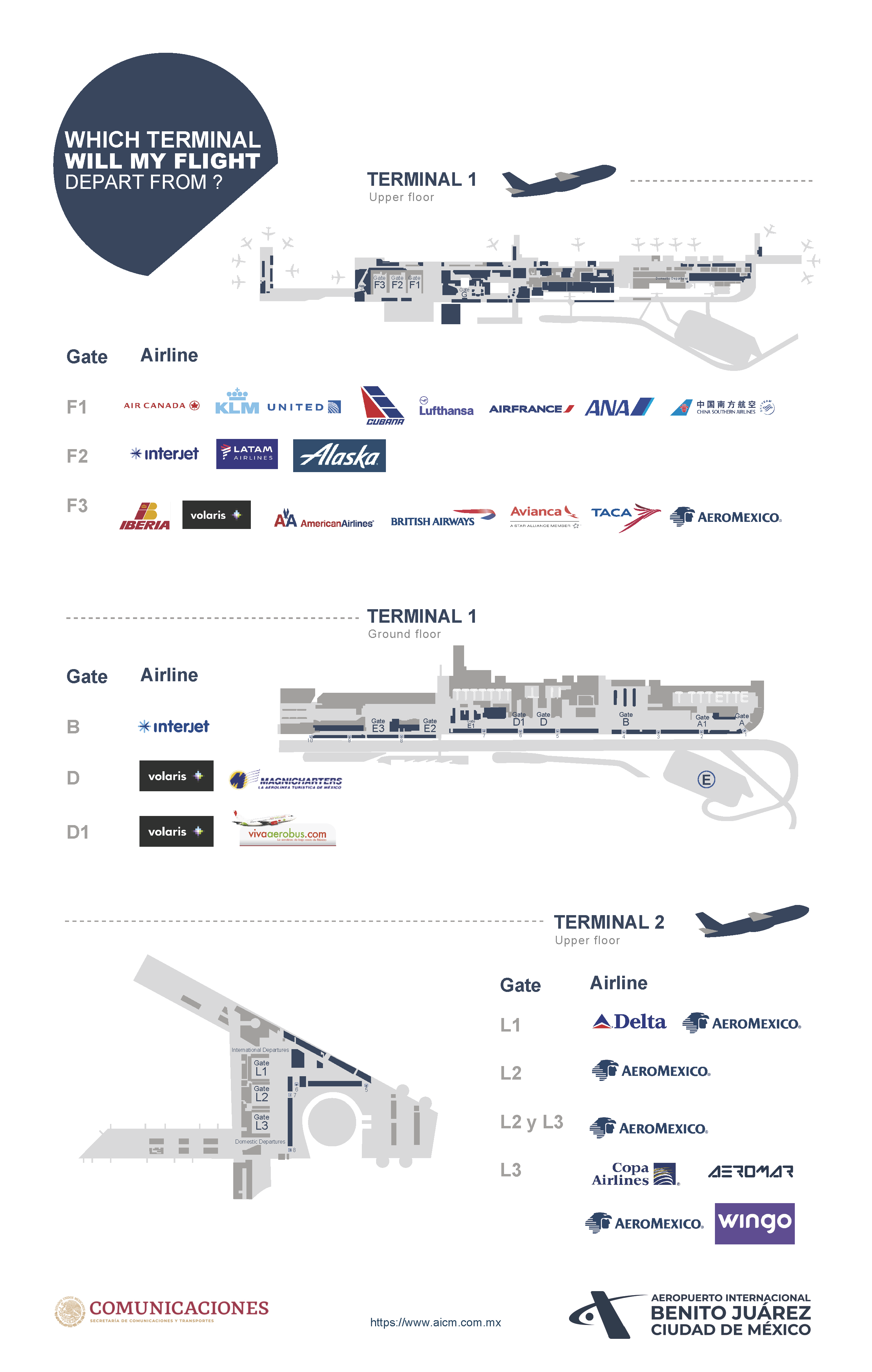
Accommodation
The following table shows CEMLA’s recommended hotels, the rates available to events participants and hotel contact information. Booking hotel is the visitors’ responsibility. Consider that hotels usually request a credit card to guarantee the reservation. For any of the booking options, remember to add 3% ISH tax and 16% VAT.
To receive the corporate rate in the recommended hotels you must specify the name of CEMLA. Any change of rates is the responsibility of each hotel. Even though some bookings can be made online we recommend contacting the hotel directly to make sure the group rate is given.
Recommended Hotels
Hotel
Rates
Reservation information
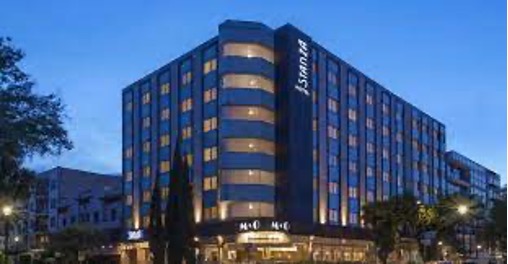
Stanza
Av. Álvaro Obregón 13, Roma Nte., Cuauhtémoc, 06700 Ciudad de México, CDMX
(3-minute car trip, 6-minute walk, 500m to CEMLA)
Ordinary rate per night:
$2,130.00 MXN
Includes:
wi-fi, coffee maker
Phone: + 52 55 5208 0052
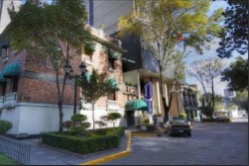
Royal Reforma
C. Amberes 78, Juárez, Cuauhtémoc, 06600 Ciudad de México, CDMX
(10-minute car trip, 13-minute walk, 1 km to CEMLA)
Ordinary rate per night:
$ 2,300.00 MXN
CEMLA corporate rate:
$ 1,315.00 MXN
Includes:
wi-fi, breakfast buffet
Phone: +52 55 9149 3000
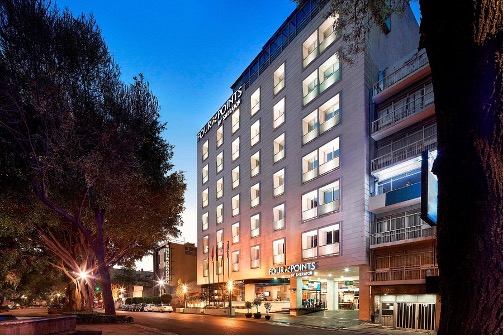
Four Points by Sheraton
Av. Álvaro Obregón 38, C. U. Benito Juárez, Cuauhtémoc, 06700 Ciudad de México, CDMX
(5-minute car trip, 6-minute walk, 500 m to CEMLA)
Ordinary rate per night:
$ 2,434.00 MXN
CEMLA corporate rate:
$ 2,076.91 MXN
Includes:
wi-fi, parking
Phone: +52 55 1085 9500
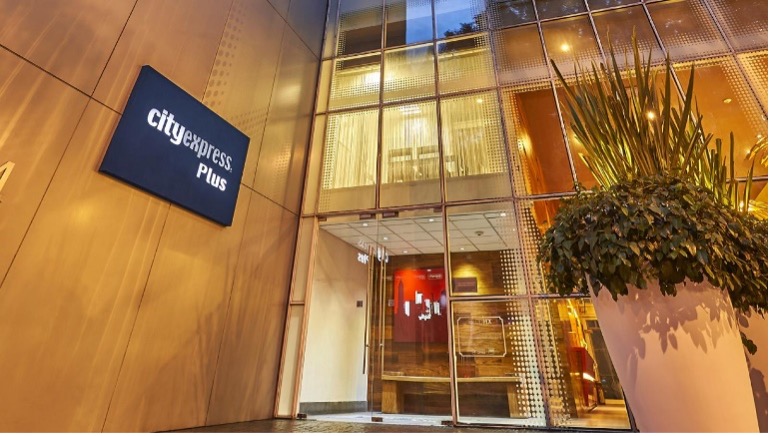
City Express Plus Reforma El Angel
Av. Paseo de la Reforma 334, Juárez, Cuauhtémoc, 06600 Ciudad de México, CDMX
(10-minute car trip, 20-minute, 1.6 km walk to CEMLA)
Ordinary rate per night:
$ 2,700.00 MXN
Includes:
wi-fi, breakfast
Phone: +52 55 5228 7800
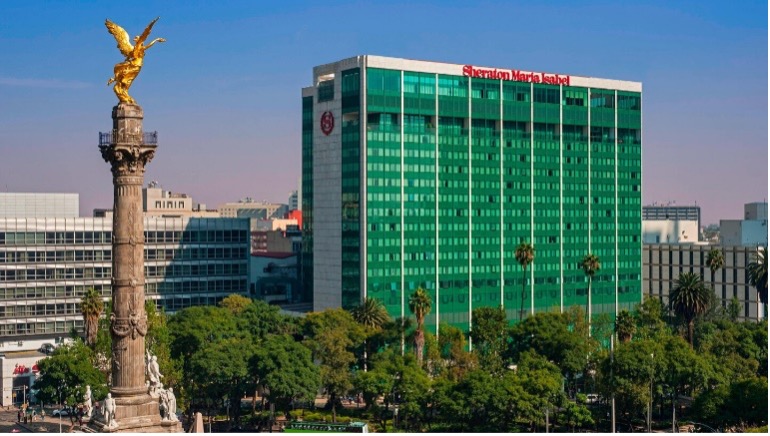
Sheraton Mexico City María Isabel
Av. Paseo de la Reforma 325, Cuauhtémoc, 06500 Ciudad de México, CDMX
(13-minute car trip, 21-minute walk, 1.6 km to CEMLA)
Ordinary rate per night:
$ 7,560.00 MXN
CEMLA corporate rate:
$ 3,633.00 MXN
Includes:
wi-fi, breakfast buffet, gym
Phone: +52 55 52425672
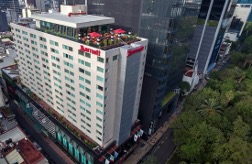
Marriot Reforma
Av. Paseo de la Reforma 276, Juárez, Cuauhtémoc, 06600 Ciudad de México, CDMX
(15-minute car trip, 17-minute walk, 1.3 km to CEMLA)
Ordinary rate per night:
$ 7,850.00 MXN
CEMLA corporate rate:
$ 3,776.20 MXN
Includes:
wi-fi, wi-fi in business center, breakfast buffet, gym
Phone: +52 55 1102 7030
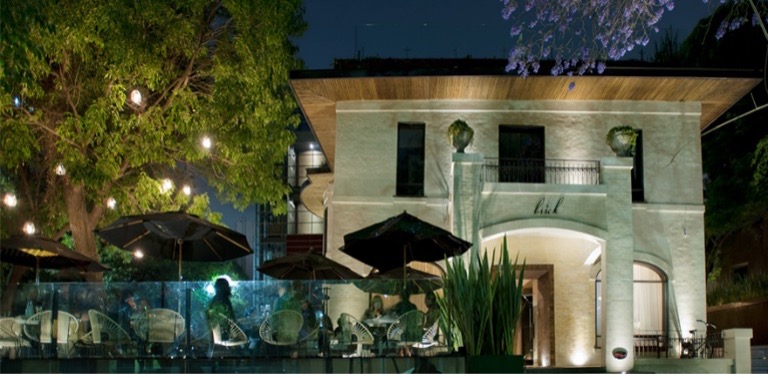
Brick Hotel
Orizaba 95, Roma Nte., Cuauhtémoc, 06700 Ciudad de México, CDMX
(6-minute car trip, 7-minute walk, 500 m to CEMLA)
Ordinary rate per night:
$ 7,125.00 MXN
Phone: +52 55 9155 7610
Map
Visit Mexico
Mexico City is a unique visitor destination offering a wide range of attractions combining historic and modern-day life in a vibrant and friendly atmosphere. Take a day to visit the pre-Hispanic ruins of Teotihuacan, or visit the Centro Histórico and marvel at its rich architecture form the Catedral and Plaza del Zócalo to Palacio de Bellas Artes, visit world-class museums, or spend the day at some of the modern-day bustling neighborhoods and enjoy a fine dining experience at some of the world’s top-rated restaurants. For more information visit: http://cdmxtravel.com/en/.
Dinning
Mexico City offers a wide variety of restaurants most of them located in the tourist areas of Polanco, Roma and Condesa near the Conference Venue.
Sightseeing/Day trips
If you are planning to stay an extra day or two in Mexico City, we recommend taking a day to visit the Centro Histórico, Coyoacán, Reforma Avenue, Colonia Roma, Xochimilco, and Chapultepec.
A day trip to Teotihuacan to see the pyramids can be arranged with the hotel concierge.
Mexico City offers some world class museums including the Anthropology Museum, the Museo Soumaya, and the Interactive Museum of Economics.
COVID-19 Protocol
CEMLA Health Protocol based on the suggestions of the Pan-American Health Organization
- Body-temperature checks and provision of hand-sanitizing gel and face-masks at the entrance of our facilities.
- Limited capacity in rooms to comply with a minimum distancing of 1.5m between individuals.
- Rodrigo Gómez Auditorium has been equipped with an air-ventilation system with UV-C light air purifiers and air-exhaust systems.
- Javier Marquez Room, Multimedia Room, restrooms and boardrooms, among other rooms, have been equipped with UV-C light conditioning.
- CO2 and humidity monitors in the main spaces of the building.
- Open-door room policy.
- Cleaning and maintenance plans after regular occupation hours.
- Regular updates based on the tracking of recommendations of the health authorities in Mexico and International Organizations.


